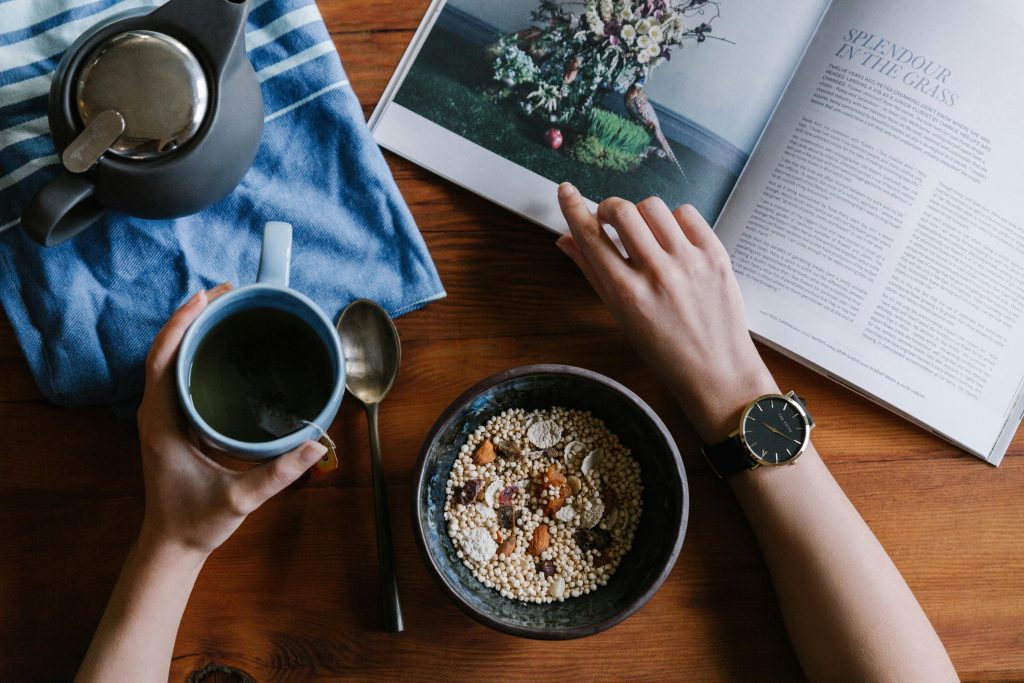People over 30 often struggle with the problem of unconscious weight gain, which is primarily related to changes in lifestyle, eating habits and physical activity. What should a diet after the age of 30 look like? What should you keep in mind when creating a daily menu? Is it possible to lose weight in your thirties?
Diet after the age of 30 – rules
Every person, regardless of age, body weight or height, has their own individual energy needs. The principle of the amount of energy consumed along with the amount of calories consumed is related in a very simple mathematical way.
Caloric demand is tailored to the height, age, gender, physiological state and physical activity of each person. The younger, taller, heavier someone is, and the more physical activity they have (related to work or training), the greater their energy needs. Metabolism decreases during life: on average, it is 1-2% in each subsequent decade of life. It follows that if our height at the age of 20 is similar, then at the age of 30 the amount of energy we use will not decrease significantly because of it.
So where does the fact that a huge number of people over 30 years of age start to have more and more body weight come from? This is primarily related to changes in eating habits, lifestyle and physical activity. The age between 25 and 35 is often associated with getting married, starting work, giving up movement, which at school or university is usually much greater than after the beginning of “adult” life. Children also reduce activity and increase the amount of time they spend at home. Simply put: we eat more, we move less, so the amount of energy consumed and expended is different, despite the fact that metabolism is still relatively very similar.
Diet after thirty: these foods are worth including in your diet
The more fresh vegetables in the diet, the larger the meals can be – thanks to this, the amount of calories supplied with them will not increase. Wholemeal bread and groats will help control blood sugar levels and prevent diabetes. Vegetable fats consumed as an addition to a meal (e.g. walnuts, cold-pressed rapeseed oil) will ensure proper cholesterol levels, which in turn will prevent cardiovascular diseases. A large amount of water drunk every day guarantees proper hydration of tissues, and often also allows you to reduce the amount of food consumed. A lot of people confuse thirst with hunger and eat when they really should drink.
It is worth giving up alcoholic and non-alcoholic beverages and juices drunk in large quantities – they provide unnecessary calories. Sweets should be replaced with one portion of fruit during the day, thanks to which you can avoid a large amount of simple sugars. It is worth eliminating fatty meat and its products from the diet. According to the latest research, they increase the risk of obesity and other civilization diseases. Fatty dairy products, such as cheese or cream, are better replaced with a lean, low-fat version. It is advisable to eliminate unnecessary snacks and snacks during the day – even healthy ones, if eaten in large quantities, can provide more calories than standard meals during the day.
